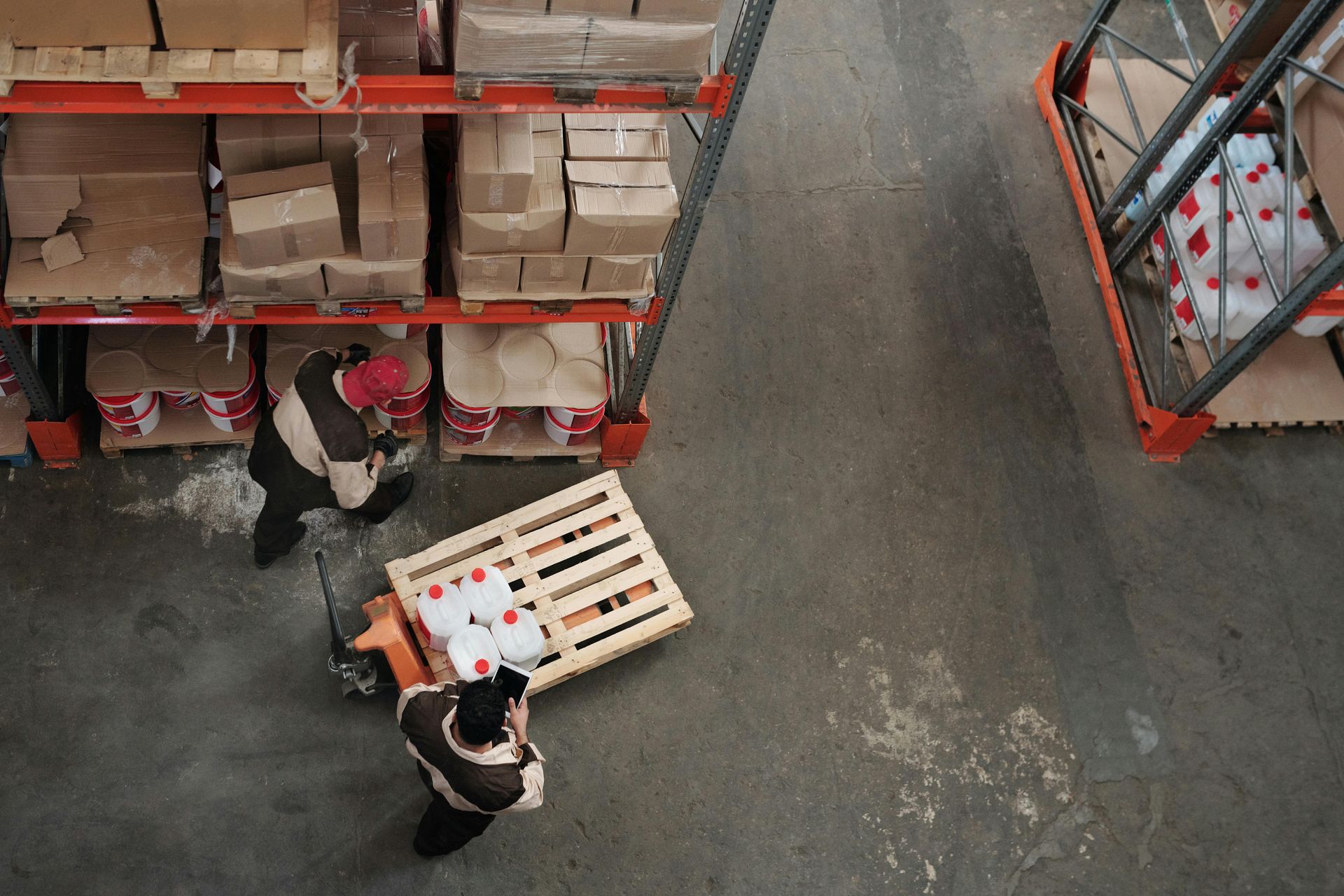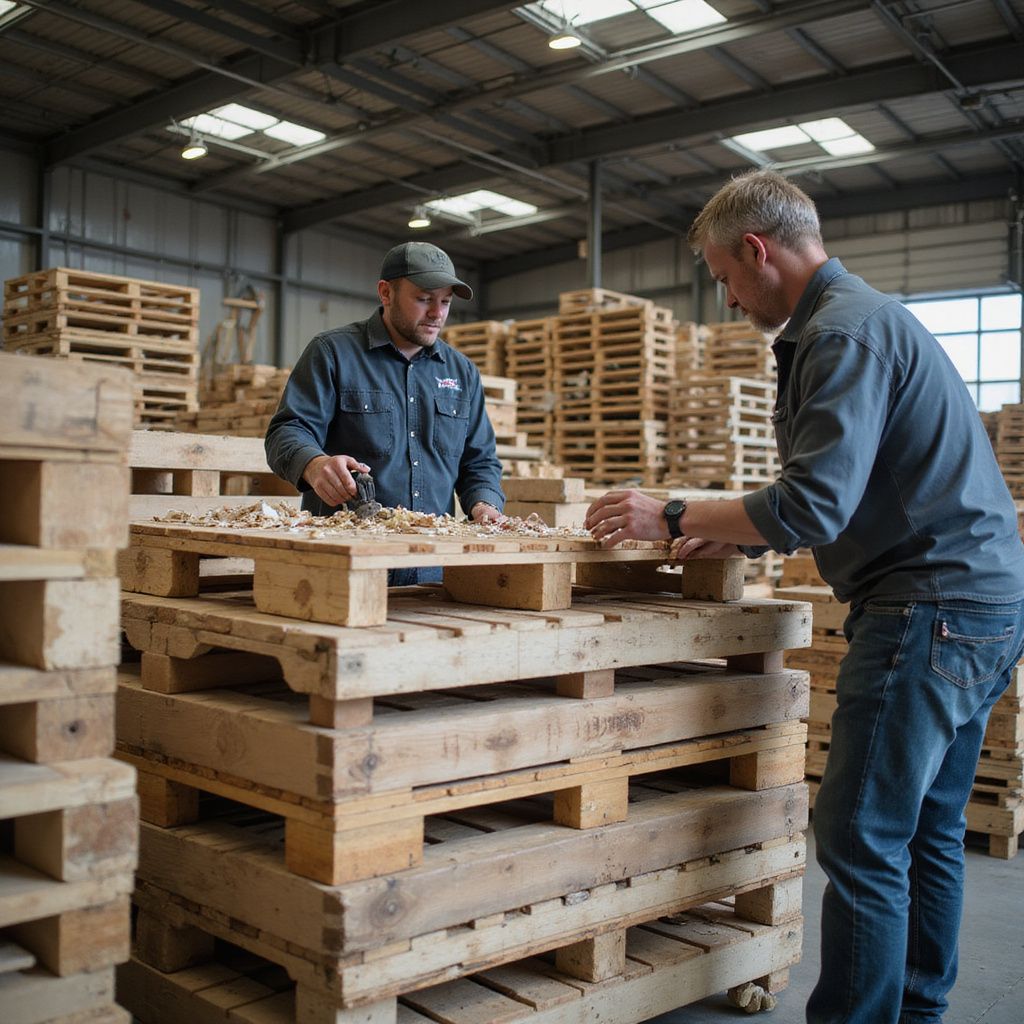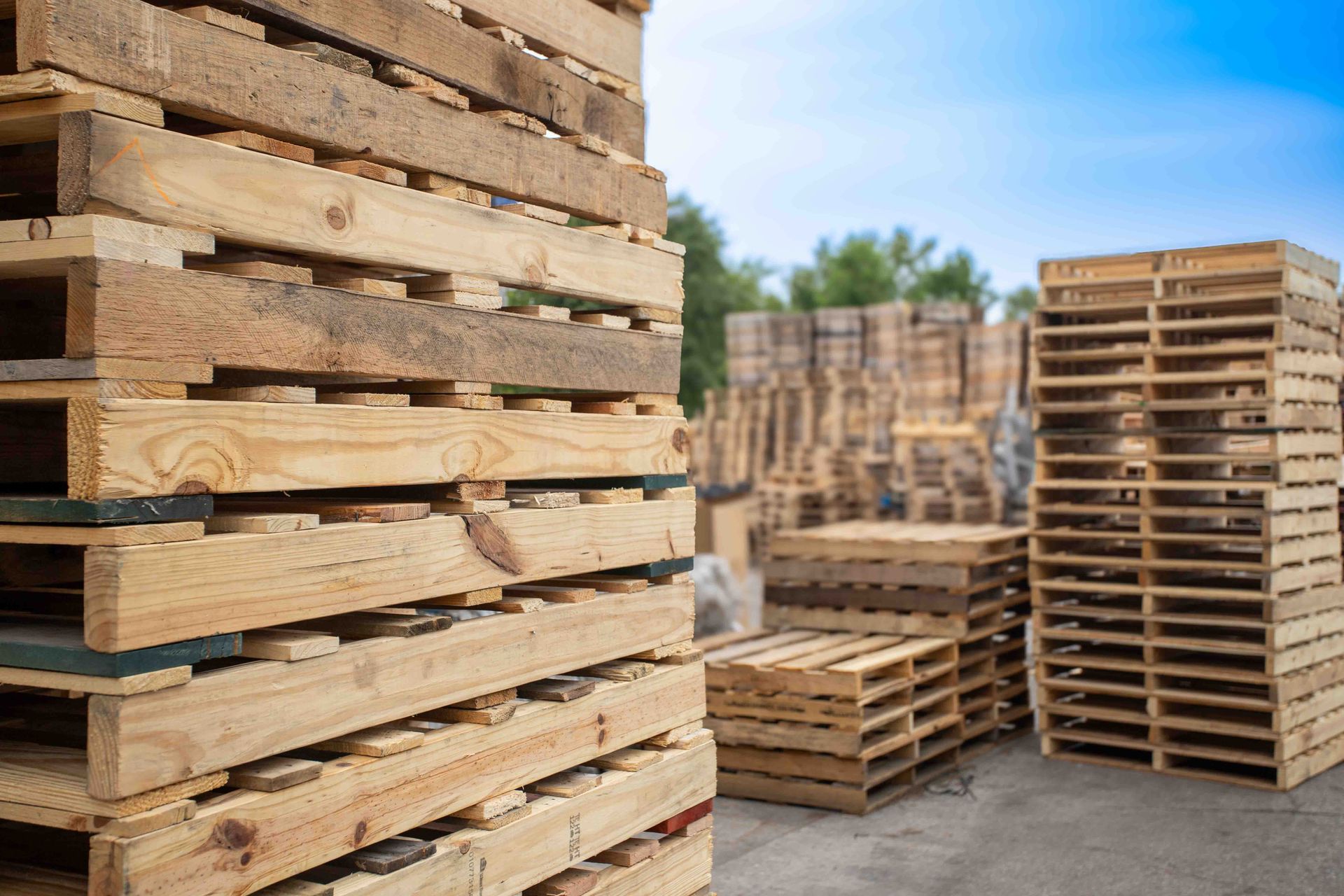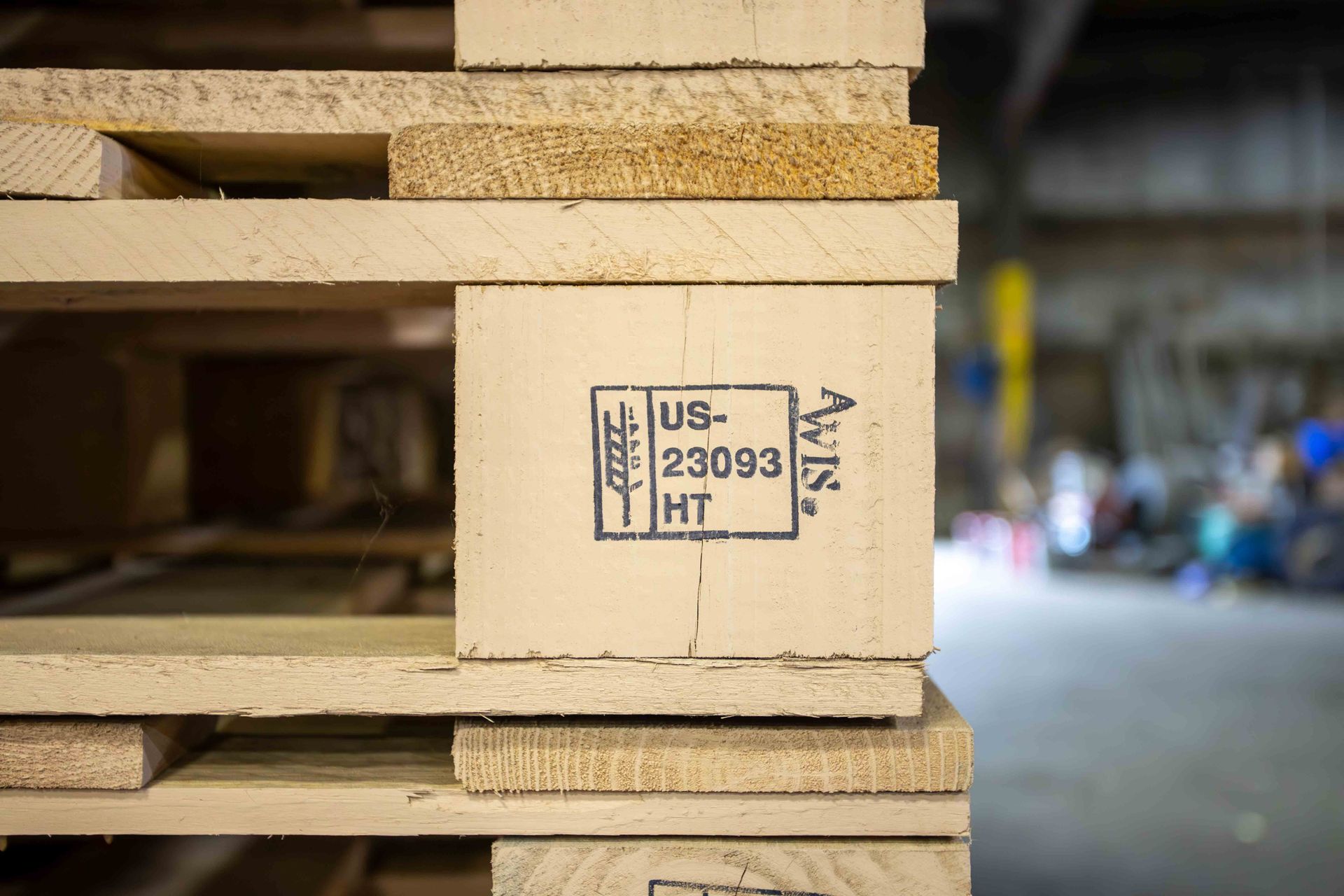Cost-Benefit Analysis: New Pallets vs. Recycled Pallets
In the world of logistics and supply chain management, pallets are a critical yet often overlooked component. They are the foundation of material handling, ensuring that goods move efficiently from manufacturing facilities to warehouses, retail locations, and ultimately to customers.
Businesses frequently face a common question: should they invest in new pallets or opt for recycled pallets? The answer is not as simple as cost alone.
By examining each option's financial, operational, and environmental implications, companies can make smarter decisions that align with both budget and sustainability goals.
Understanding the Basics
New pallets are manufactured using fresh wood or other materials such as plastic or metal. They offer uniformity in size, strength, and quality.
On the other hand, recycled pallets are pallets that have been previously used and restored for reuse. They may have undergone repairs or reinforcement to maintain their structural integrity.
Both types serve the same fundamental purpose, but their differences in durability, cost, and environmental impact can influence a business's bottom line.

Financial Considerations
The most apparent factor businesses consider is cost. New pallets typically come with a higher upfront price due to the materials and manufacturing processes involved. However, they also offer predictable performance and fewer operational interruptions. This means there is less risk of pallets breaking during transport, which can damage goods and incur additional costs.
Recycled pallets generally have a lower purchase price. Businesses can save significantly when buying in bulk, especially for operations with high pallet turnover. The cost savings can appeal to small or mid-sized companies with tight budgets.
However, it is important to account for the potential hidden costs. Recycled pallets may require more frequent replacement or maintenance, depending on who you source them from. They may not always meet strict quality standards, leading to a higher risk of damage to goods or disruption in warehouse operations.
A careful cost-benefit analysis includes the upfront cost and the potential operational expenses associated with each type of pallet. Companies should consider the lifespan of the pallet, the type of goods being transported, and the handling practices in place.
Operational Efficiency
Operational efficiency is another key factor. New pallets provide consistency and reliability, which is especially important for automated warehouse systems and high-speed material handling.
Machines such as conveyors, forklifts, and automated storage and retrieval systems depend on standardized pallet sizes and weight capacities. In these environments, the predictability of new pallets can reduce downtime and improve overall productivity.
While more economical, recycled pallets can vary in quality and size. This variability may require additional handling or sorting, slowing down operations. Businesses that rely heavily on precision in automated systems may face challenges using recycled pallets.
(Again, this depends on where you are sourcing your recycled pallets from. Recycled pallets are a viable option if they are inspected and well taken care of.)
For companies with manual handling or lower-volume operations, however, recycled pallets can be a practical choice with manageable operational adjustments.
Environmental Impact
Beyond financial and operational considerations, sustainability is increasingly influencing pallet decisions. Manufacturing new pallets consumes raw materials and energy, contributing to environmental impact.
Using recycled pallets reduces demand for new materials, promotes waste reduction, and aligns with green business practices. Companies prioritizing sustainability may find recycled pallets appealing, especially if their customers value eco-friendly operations.
The choice between new and recycled pallets does not have to be purely financial. By factoring in environmental benefits, businesses can enhance their brand image and demonstrate corporate social responsibility.
Many organizations have successfully integrated recycled pallets into their supply chain while maintaining efficiency and product safety.

Making the Right Choice
Selecting the correct pallet depends on a combination of cost, operational needs, and sustainability goals. Businesses with high-volume automated systems and high-value products may benefit from the reliability of new pallets despite the higher price.
Companies with flexible handling requirements, moderate volume, and a commitment to sustainability may find recycled pallets to be the better choice.
Some businesses adopt a hybrid approach, using new pallets for critical shipments and recycled pallets for secondary or lower-risk items. This strategy maximizes cost savings while maintaining the reliability needed for sensitive or high-value goods.
Work With Global ICB
Choosing between new and recycled pallets is more than a simple cost decision. It requires carefully evaluating your needs, including size, weight capacity, material, and operational environment. Considering these factors, you can enhance efficiency, protect your goods, and optimize costs.
New pallets offer consistency, durability, and fewer operational risks, while recycled pallets provide cost savings and environmental benefits. Conducting a thoughtful cost-benefit analysis ensures that your pallet strategy supports both profitability and sustainability.
If you are unsure which pallet solution is right for your business, our team at Global ICB is here to help.
Making the right choice can improve efficiency, protect your products, and strengthen your supply chain for the long term.
Contact us today for personalized recommendations and high-quality pallet solutions tailored to your operational needs.



